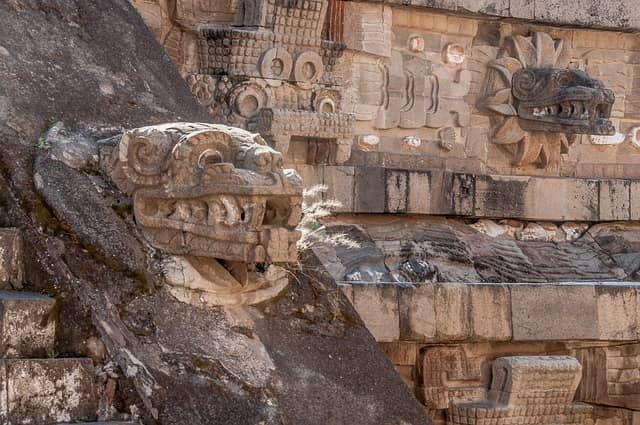A brief history of Teotihuacan
The Teotihuacan Archaeological Zone lies in the state of Mexico and is regarded as one of the most significant pre-Hispanic sites discovered to date. It is a material testimony of one of the best planned and extensive pre-Hispanic cities of the ancient world.





